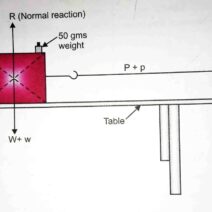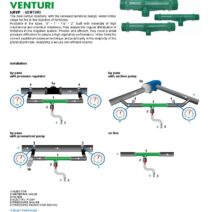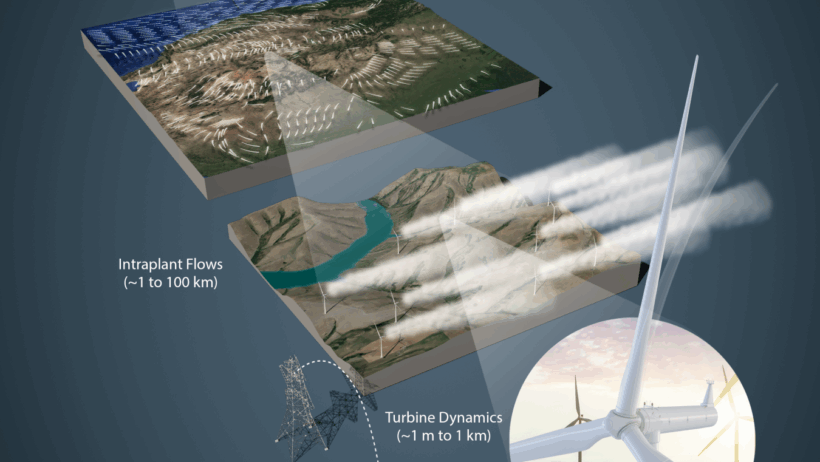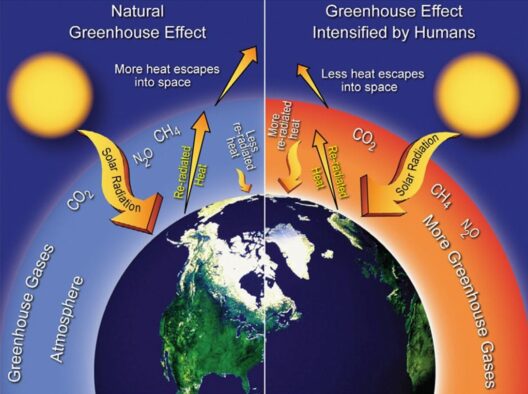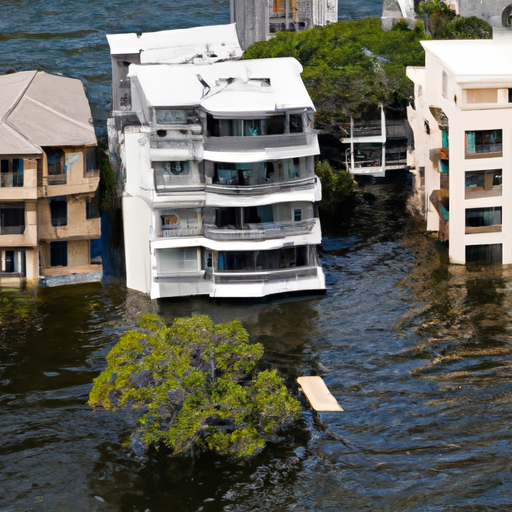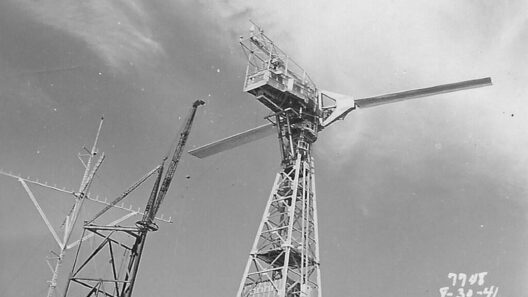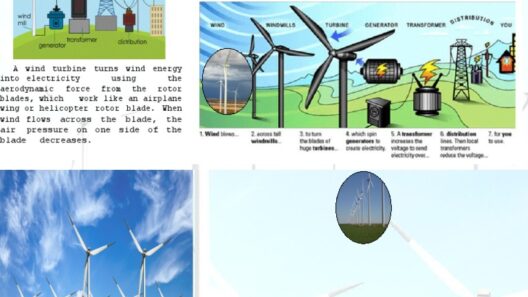Wind energy, often hailed as a beacon of hope in the struggle against climate change, is not without its dilemmas. Like an untamed steed galloping through lush pastures, it brings unparalleled potential. Yet, it also poses significant challenges that must not be ignored. One of the most pressing of these challenges is the integration of wind power into our existing energy infrastructure. This article delves into the intricacies of this critical issue.
Companies and governments have poured billions into harnessing the power of the wind. The allure is undeniable: wind energy is renewable, produces no greenhouse gas emissions during operation, and can decrease reliance on fossil fuels. However, the challenge of integrating this variable energy source into a reliable power grid represents a formidable barrier to its broader adoption.
As we explore this issue, we will address three primary concerns: the intermittency of wind energy, the limitations of existing infrastructure, and the environmental implications of wind turbine installations.
What Does Intermittency Mean for Wind Energy?
A critical aspect of wind energy is its dependence on natural wind patterns. The wind does not blow consistently; it ebbs and flows. This irregularity is akin to trying to fill a container with water when the faucet only drips sporadically. During calm periods, wind turbines may generate hardly any electricity at all, while during a tempest, they can produce an excess. This inconsistency raises a pivotal concern—how do we maintain a reliable energy supply when our source is inherently erratic?
The grid, designed for stable energy generation from coal, natural gas, and nuclear plants, struggles to accommodate this unpredictability. Storage technologies like batteries are essential to counteract this shortfall, but currently available solutions are expensive and still developing. Without robust storage capabilities, consumers face a dilemma: how to provide enough power for their needs when the wind chooses not to cooperate.
The challenge of intermittency, therefore, casts a long shadow over the viability of wind energy as a primary power source. While we usher in innovations to mitigate this issue, such as grid interconnections that link disparate energy sources to foster greater reliability, large-scale deployment remains an intricate puzzle yet to be solved.
The Infrastructure Dilemma: A Colossal Undertaking
Beyond the wobbly rhythm of wind availability lies another challenge—the very infrastructure that supports our energy needs. The existing grid was meticulously designed for conventional power generation and often lacks the capacity to absorb a significant influx of renewable energies like wind. This mismatch can be considered a clumsy dance between the old and the new, preventing the seamless integration of renewable resources.
Expanding and upgrading electrical grids to accommodate wind energy is no small feat—it requires immense financial investment and, often, political will. Moreover, geographical limitations can restrict where turbines can be positioned, exacerbating challenges in transporting generated energy from windy areas to consumption hotspots.
Take, for example, a wind farm nestled in a remote area far from urban centers. The electricity it generates must traverse vast distances, facing potential losses along the way due to transmission inefficiencies. This scenario illustrates the Herculean efforts needed to establish a functional infrastructure that embraces wind power as a legitimate energy source.
Moreover, an overreliance on any single energy source can create vulnerabilities, as a diversified portfolio of energy sources is crucial to mitigating risks associated with supply shortages.
Environmental Implications: The Cost of Turbines
The environmental impact of wind turbines cannot be overlooked, no matter how green the energy they produce. Turbines create physical disturbances in their surroundings, altering landscapes and ecosystems. Bird and bat populations suffer as they collide with turbine blades, raising important ethical questions about the balance between renewables and wildlife conservation.
Furthermore, constructing large wind farms often necessitates significant land use, which might encroach on wildlife habitats or displace local communities. This illustrates a paradox that exists in the renewable energy sector—a pursuit to preserve the planet may inadvertently contribute to local ecological disruptions.
This underscores the necessity for careful planning and consideration. Land-use decisions should prioritize environmental health and biodiversity, ensuring that renewable energy does not come at an untenable cost. Solutions like offshore wind farms have emerged as alternatives, but they also carry their own set of challenges, including potential impacts on marine ecosystems and navigation routes.
From Bluster to Balance: Bridging the Gap
As the world grapples with the multifaceted challenges posed by wind energy, it becomes clear that a balanced approach is necessary. Embracing innovation in storage technology, expanding and modernizing infrastructure, and committing to sustainable environmental practices must all converge to ensure the prosperity of wind energy in our future power landscape. The journey is fraught with intricacies, demanding the collaboration of scientists, policymakers, and communities alike.
Wind energy symbolizes a path toward a sustainable future, yet its integration requires astute navigation of its inherent complexities. Understanding these challenges will empower society to harness wind power effectively, ensuring it remains a formidable player in the quest for renewable energy dominance.
